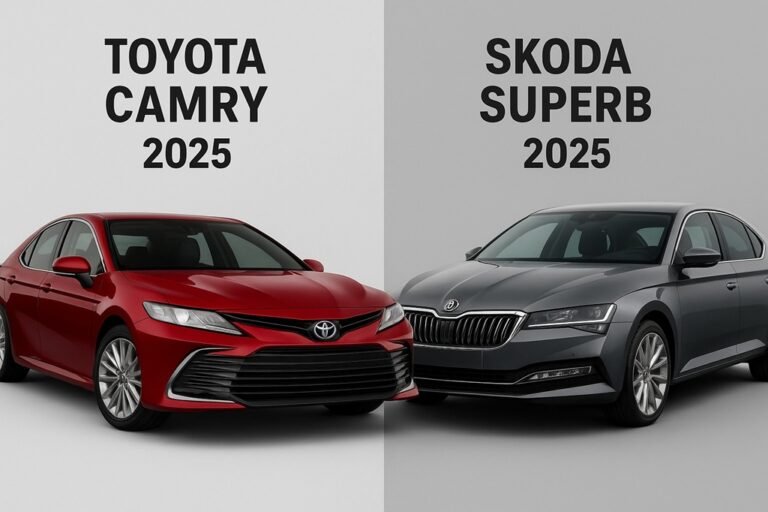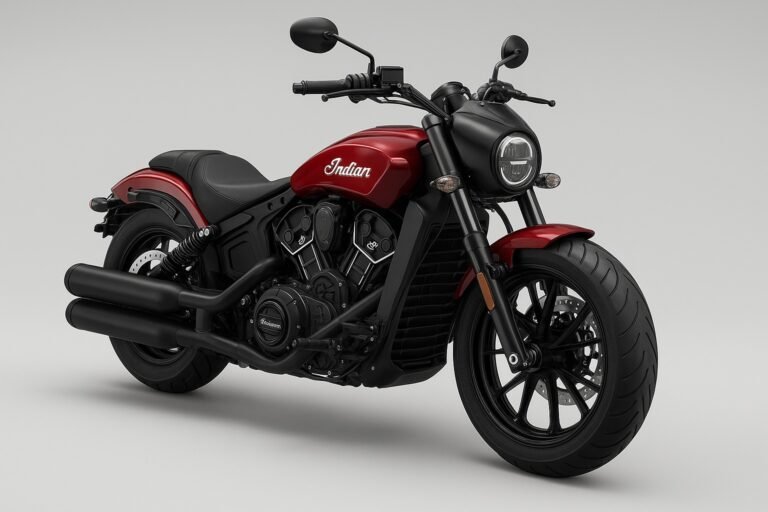
Now Honda-Nissan Joined Hands, MoU Signed For Company, The collaboration between Honda Motor Co. and Nissan Motor Co. represents a significant move in the automotive industry, aiming to consolidate resources and compete more effectively in the evolving global market. Here’s a detailed explanation of this partnership and its implications:
Key Details of the Honda-Nissan Partnership
- Joint Holding Company:
- Honda and Nissan have signed a Memorandum of Understanding (MoU) to establish a joint holding company.
- This holding company will oversee joint operations, streamline decision-making, and manage shared projects.
- Purpose of the Partnership:
- To pool resources and expertise for the development of new automotive technologies.
- Strengthen their competitive stance against global rivals like Toyota, Tesla, and other EV-focused manufacturers.
- Focus Areas:
- Electric Vehicles (EVs): Joint development of affordable and efficient EVs.
- Shared Platforms: Designing common platforms for vehicles to reduce costs.
- Battery Technology: Collaborating on advanced battery systems for EVs.
- Autonomous Driving: Research and development of self-driving technologies.

Meaning and Implications of the MoU
- Efficiency and Cost Savings:
By combining resources, the companies aim to cut costs in research, production, and supply chain management.
Example: Shared production facilities or components could lead to reduced manufacturing costs. - Technology Advancements:
The partnership allows Honda and Nissan to accelerate the development of new technologies like EV batteries and hydrogen fuel cells, which are expensive to innovate independently. - Global Reach:
Leveraging each company’s strengths in different markets. For instance:- Honda’s stronghold in Asia.
- Nissan’s influence in North America and Europe.
- Increased Competitiveness:
Collaborating ensures they can compete with tech-savvy automotive giants like Tesla and established players like Toyota.
Challenges to Address
- Corporate Culture Differences:
Honda and Nissan have distinct corporate cultures and management styles, which might create friction. - Market Competition:
They must ensure their collaboration doesn’t overlap or cannibalize their existing markets. - Regulatory Hurdles:
Approval from regulatory bodies in various countries is crucial for establishing a joint holding company.
Impact on the Automotive Market
- For Consumers:
- More affordable and advanced EV options.
- Access to cutting-edge technologies like autonomous driving.
- For Competitors:
This partnership could pressure other automakers to form similar alliances to remain competitive.
Conclusion
The Honda-Nissan partnership marks a strategic move towards navigating the challenges of electrification and innovation in the automotive industry. By combining forces, they aim to leverage shared strengths, reduce costs, and enhance technological advancements to cater to the future demands of global markets.








